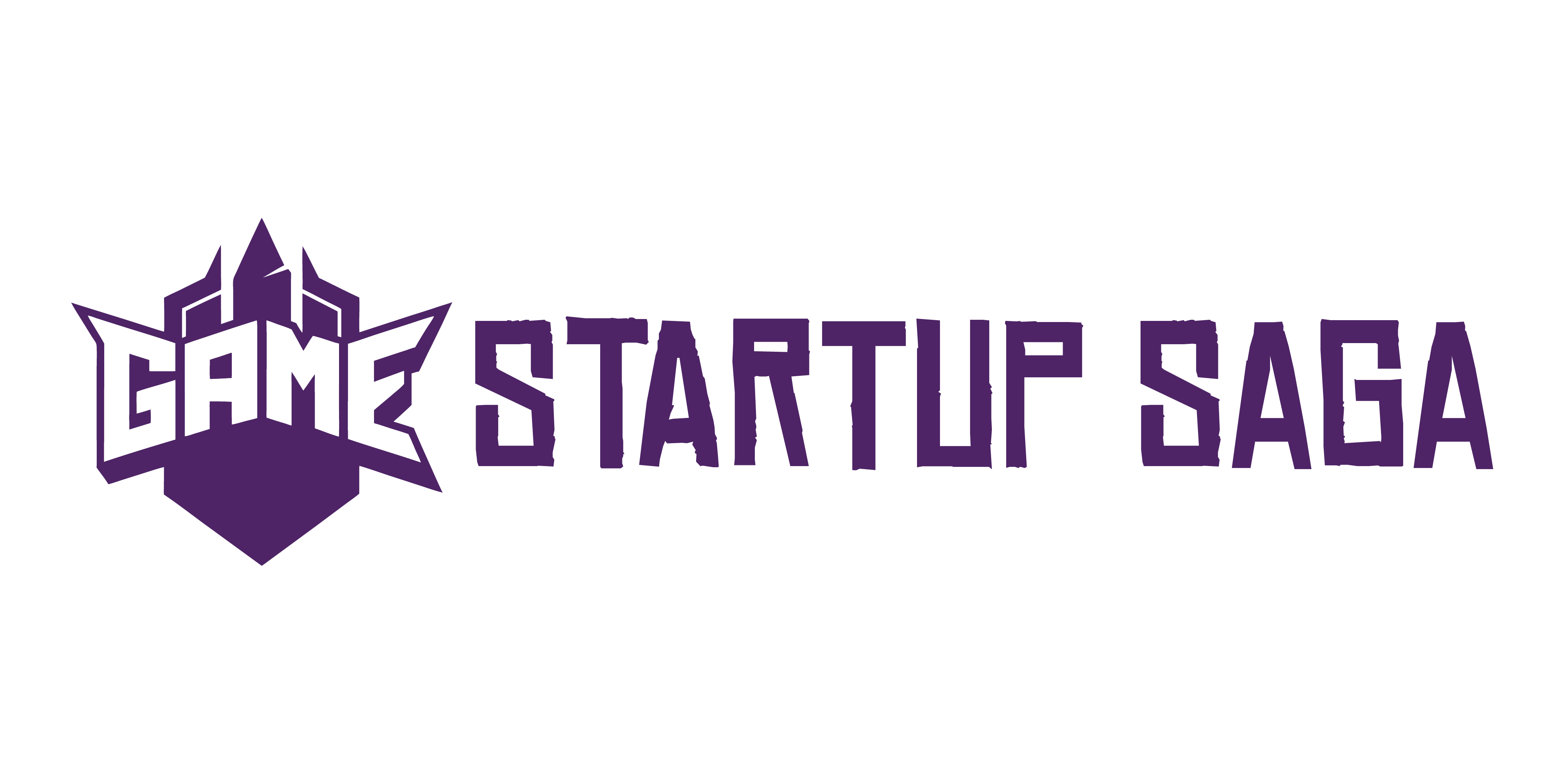Introduction: Beyond High Scores
Understanding what gamers want isn’t optional anymore—it’s essential. The industry has outgrown the one-size-fits-all mindset. Players aren’t just looking for high-res visuals or faster frame rates; they’re showing up for experiences that speak to who they are and how they play.
What worked five years ago—assumptions, guesswork, the loudest voices on forums—won’t cut it in 2024. Developers now have access to better tools, real user data, and community feedback loops. The smart ones are using that to shape everything from design choices to monetization strategies.
And don’t forget, the player base is massive—and wildly diverse. We’re talking casual mobile gamers on lunch break, competitive console veterans, and indie fans hunting for something fresh. Learning what motivates each segment gives creators an edge. Ignore it, and you’re flying blind.
Core Desire #1: Customization and Player Agency
In 2024, one thing is clear: gamers crave control—over how they look, how they play, and how their stories unfold.
Personalization That Matters
Modern players are more than passive participants. They want their choices to shape the experience:
- Character customization: From detailed avatars and outfits to skill trees and voice selections, players want to design personas that reflect themselves—or their ideal fantasy selves.
- Cosmetic upgrades: Skins, weapon styles, and animations give a sense of ownership and pride without affecting core gameplay integrity.
- Environmental choices: Home bases, HUD layouts, and even music settings contribute to a sense of individual identity within the game world.
Story-Driven Control
Influence over the narrative is no longer reserved for niche RPGs. Player agency now defines mainstream gameplay.
- Dialogue options and branching outcomes: Players want their decisions to impact endings and character relationships.
- Choice-based gameplay mechanics: Whether it’s choosing a faction or determining how an encounter unfolds, decision-making adds stakes and replay value.
Why It Builds Loyalty
Games that let players express themselves aren’t just more fun—they feel more meaningful. Customization creates:
- A deeper emotional connection to the game world
- Increased time invested as players tailor their experience
- Viral potential, as unique expression drives social sharing
What Actually Works
Not all customization is created equal. Here’s what players respond to:
- Meaningful choices: Cosmetic and narrative changes must be visible, consistent, and acknowledged by the game world
- Balance: Visual changes should never create competitive advantages unless clearly disclosed
- Accessibility: Customization tools should be intuitive, with options for advanced users and casual players alike
Player agency isn’t just a feature—it’s a foundation. The more freedom you give meaningfully, the longer players will stay.
Core Desire #2: Social Connection
The lone-wolf grind is losing ground. In 2024, players aren’t just looking for immersive experiences—they’re looking for each other. Whether it’s teaming up in battle royales, trading loot in MMOs, or just hanging out in voice chat while playing chill co-op story games, social layers are becoming the backbone of modern gaming.
In-game chat systems have leveled up. Clans and guilds aren’t just optional—they’re expected. And then there’s the off-platform movement: Discord servers running 24/7, organizing raids, sharing memes, or just talking life. Developers are tuning in. Instead of only building functional multiplayer systems, studios are designing games that foster real connections. Competitive or casual, the goal is to create reasons for players to come back—not just for the game, but for the people playing it.
Studios investing in community tools are seeing a payoff. Custom emote systems, shared story decisions, and asynchronous multiplayer features are becoming standard. Some devs are even embedding Discord-like features directly into their UI. The takeaway? If a game feels isolating, it’s already behind.
For many players, the lasting memories aren’t about kill counts or plot twists—they’re about who was on the other end of the mic when it all went down.
Core Desire #3: Fair Play and Ethical Monetization
Gamers Are Pushing Back
In 2024, players are more vocal than ever about what they consider unfair or exploitative. Controversies around pay-to-win mechanics, hidden fees, and aggressive monetization models have sparked widespread backlash across gaming communities.
- Players are critiquing systems that reward spending over skill
- Paywalls that block progress or competitive balance are losing favor
- The demand for ethical practices is louder and more organized
Why Transparency Builds Trust
Gamers don’t inherently oppose spending money in-game—but they do expect honesty. Transparency around what’s being offered, how it’s priced, and its impact on gameplay is now essential.
- Clear drop rates for items (especially in loot boxes)
- Honest communication about DLC content and updates
- No surprise fees or manipulative sales tactics
Successful developers treat transparency as part of their brand—not just damage control.
What Ethical Monetization Actually Looks Like
Not all monetization is frowned upon. In fact, many players are happy to support games they love—when the model feels fair. The following approaches are gaining traction:
- Cosmetic-only purchases: Skins and avatars that don’t affect gameplay
- Battle passes with clear value: Tiered content that feels rewarding, not gated
- One-time expansions: Full DLC that adds meaningful content without fragmenting the experience
- Subscription models with clear perks: Predictable pricing and worthwhile bonuses
Ultimately, fairness and honesty are central. When players feel respected, they’re more likely to invest—and advocate—for the game they enjoy.
Core Desire #4: Variety in Gameplay and Representation
Genre walls are breaking down, and players are loving it. RPG elements in shooters, puzzle mechanics in survival games, deckbuilding in roguelikes—hybrid gameplay isn’t just a novelty anymore, it’s expected. Gamers crave variety, and developers who mix things up keep players curious and coming back.
But it’s not just about how the game plays. Who’s in the story, and who’s behind it, matters. The demand for representation isn’t a side conversation—it’s mainstream. Players want characters that reflect the real world: different cultures, backgrounds, abilities, and identities. This goes all the way to the dev teams. Studios that reflect the diversity of their audience are building richer worlds and narratives that actually resonate.
Inclusion doesn’t just check a box—it increases reach and retention. Players feel seen. They invest more time. They talk about it. When people connect on a personal level, that’s where the loyalty kicks in. In 2024, standing out doesn’t mean being louder. It means being real—and being real means being diverse.
Influences by Demographics
Gamer preferences don’t exist in a vacuum. Age, region, and the devices people favor all shape what kind of gaming experience they want—and what they’re willing to pay for. Younger players (think Gen Z and below) lean heavily toward mobile games, favoring quick access, shorter sessions, and social integration. In contrast, older demographics still gravitate toward consoles and PCs, where they can invest more time and expect higher fidelity.
Region matters too. In Southeast Asia and parts of Latin America, mobile gaming is dominant, driven by lower barriers to entry and cheaper data plans. In North America and Europe, there’s more platform diversity—with cloud gaming starting to nibble at traditional formats, especially among early adopters and urban users with fast internet.
Console vs. mobile vs. cloud isn’t a one-size-fits-all story—it’s a matter of lifestyle, income, and connection speed. Understanding these differences isn’t just about knowing where gamers are, but how they think, spend, and engage.
(See also: How Demographics Are Shaping Game Development)
Taking the Pulse: What the Data Shows
If you’re not watching the numbers, you’re already behind. Surveys, usage analytics, and real-time feedback loops are no longer optional for game studios—they’re built into the DNA of player-centric design. The best creators are now leaning on data not just to patch bugs but to refine mechanics, UX flow, even narrative pacing.
Recent surveys show a noticeable dip in player interest for endless battle passes and grind-heavy progress systems. What’s rising instead? Shorter game loops with layered depth—experiences you can jump into fast, yet revisit for mastery. Also surging: offline progression features and cross-platform syncing, especially among mobile-heavy audiences.
Creators who listen are ahead. Community boards, subreddit audits, in-game surveys, even Twitch chat analysis—all of these help developers course-correct fast. When a dev replies directly to complaints or delivers a patch based on player votes, loyalty spikes. It’s simple: players stick with creators who actually care what they think.
Gamers don’t want perfection—they want to be heard. The teams that internalize that build not just better games, but better communities.
Looking Ahead: The Future of Player-Centric Design
Games in 2024 aren’t just bigger—they’re smarter. Leading titles are now studying how players move, react, and pause, adjusting gameplay on the fly. If you never parry, the game shifts toward dodging. If you always go stealth, expect more shadows in the next level. Adaptive systems are gaining ground fast, pushing dynamic personalization to the forefront.
AI is also stepping in—not to replace designers, but to sharpen the feedback loop. Think smarter NPCs, dialogue that learns your tone, and level challenges tuned to your preferred pace. It’s less about global difficulty settings, more about moment-to-moment learning from how you actually play.
Here’s the bottom line: when a game listens, the player stays. Treat individual styles like assets, not quirks. Personalization used to be cosmetic. Now, it’s structural. It’s not just about offering options—it’s about honoring patterns.
Respect the player, and they’ll keep playing.



